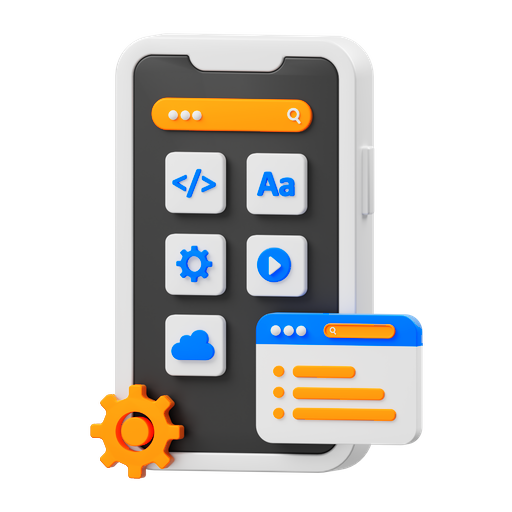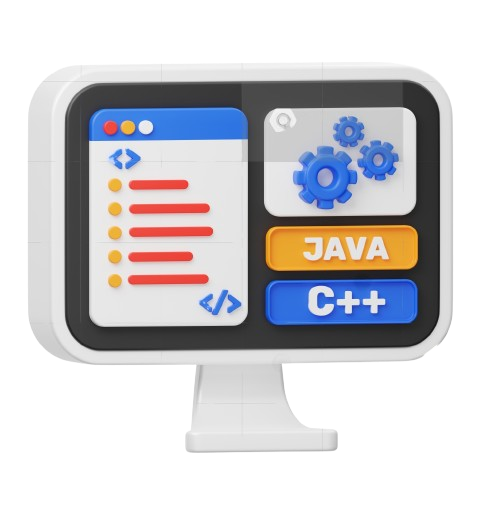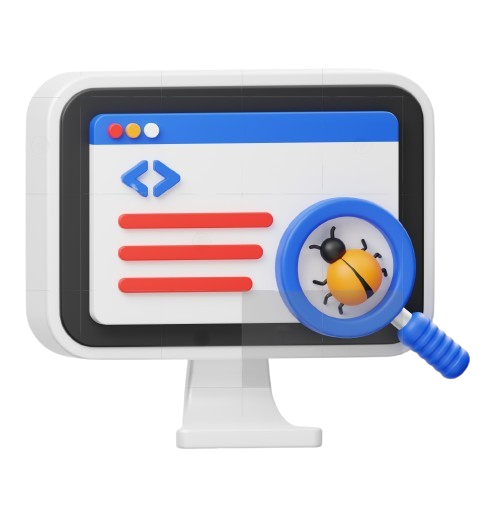The Ultimate Guide to Software Project Estimation
In Calgary, software project estimation isn’t optional — it’s critical for project success. It involves predicting the cost and resources required for successful delivery. In this blog, we will discuss why it is necessary, its associated costs, and various methods.
Why Software Estimation Fails in Calgary
Calgary-specific challenges make software estimation complex. Here is a brief overview of why standard methods fail in Calgary.
Talent Shortages Spike Cost
According to Alberta Tech Alliance data for 2024,Calgary’s software development sector faces a talent crunch. 68% of the local tech report delays in hiring. As a result, teams often scramble to recruit SAIT or UCalgary graduates to fill critical roles. To address this issue, consider building a 20% buffer for role gaps and pre-vetting Calgary software development vendors with an apprenticeship.
Oil and Gas Compliance Introduce Hidden Hours
The energy sector is expected to incur software development costs from PASC specs and PIPEDA audits. To address this, you can add a 15% regulatory tax to estimate and require vendors to provide compliance checklists.
Weather and Stampede Disruptions Cause Project Delays
According to the Local Dev Survey 2023, 22% of Calgary projects miss deadlines due to winter conditions. You can use the Alberta Contingency Calculator to add a weather buffer automatically.
Vendor Misjudges Calgary Realities
Software development companies in Canada often lowball estimates by 40%, ignoring Alberta labor laws and the local talent pool. Avoid vendors unable to provide detailed post-mortem reports or lessons learned from previous Calgary-based projects. Always demand references from local clients.
Estimation Method Proven Effective in Alberta
Here is a list of three tested estimation methods that work in Alberta.
-
Triangulation Method with Alberta Adjustment
To address local realities, combine three estimation approaches. This method includes the following:
- Effort-Based Sizing
- Reference Class Forecasting
- Monte Carlo Simulations
Calculate estimated hours using Calgary-specific developer rates. Compare your project to past Alberta-based projects, and model risks—such as winter delays—based on historical Alberta weather data.
-
The Alberta Confidence Scorecard
Before approving your estimate, consider 10 critical local risk factors. If the answer is yes, your score is one, and if the answer is no, then -2. If your total score is below 7, the estimate should be revised.
-
Energy-Sector Sprints (For Oil & Gas and Legal Tech Projects)
Break projects into distinct phases with built-in Alberta-specific buffers.
- Phase 1: Compliance
- Phase 2: Modular Development
- Phase 3: Buffer Sprints
Dedicate 20% of your budget to address Alberta regulations. Isolate high-risk Alberta components. Include two additional sprints to account for winter delays and one sprint for potential disruptions during the Calgary Stampede.
How to Vet Calgary Base Software Vendor
Key Red Flags in Local RFPs
These are the warning signs of a vendor’s overly optimistic timelines. Here is a list of red flags to avoid in a vendor.
- They lack a local reference.
- They have fixed prices.
- They have a vague compliance experience.
- When a vendor simply states, “We follow standard Agile practices,” without context or customization for Alberta.
To avoid these issues, always request Alberta-specific documents and references. Calgary talent rates and Oil & Gas compliance make it impossible to have fixed prices.
The Calgary Vendor Scorecard
|
Criteria |
Why it matters |
Weight |
|
SAIT/ U Calgary Pipeline |
Provides access to local talent during a shortage. |
⋆⋆⋆⋆ |
|
Past Calgary Projects Reference |
Validates winter and adaptability |
⋆⋆⋆⋆⋆ |
|
Regulatory Playbook |
Demonstrates mastery of PIPEDA and Oil & Gas compliance requirements. |
⋆⋆⋆⋆ |
|
Weather Contingency Plan |
-30 deployment protocol |
⋆⋆⋆ |
|
Transparent Change Fees |
Avoid unexpected scope creep driven by out-of-province stakeholders (e.g., Houston) |
⋆⋆⋆⋆ |
The Alberta Contingency Formula
Calculating your risk multiplier
There is no longer a 20% rule; you can now calculate your risk.
Total Contingency % = (Talent risk +Compliance tax + Weather Risk + Vendor Risk)
|
Risk Factors |
How to Calculate |
Calgary Data Anchor |
|
Talent Risk |
Number of unfilled roles x 8% |
SAIT grads fill 30% faster |
|
Compliance Tax (Oil & Gas) |
Project cost x 0.15(If PIPEDA /PASC applies) |
The Oil & Gas sector adds an average of 22% rework, according to Alberta Tech Alliance (ATA). |
|
Weather Risk |
1% per C below -20C in deployment month |
For temperatures below -35°C, add a 15% contingency buffer. |
|
Vendor Risk |
20 % if no past Calgary Past projects |
Outsiders are underestimated by 40% |
Real Calgary Case Study
This case study showcases how local teams slashed budget overruns by 37-62% using the Alberta-proof estimation framework.
Case Study: Energy SaaS Startup
Real-time drilling analytics platform for Oil & Gas clients
Estimation
A Toronto vendor quoted $220K for a five-month fixed-price contract. In reality, when temperatures drop to -35 °C, the sensor fails, and PIPEDA rework is required.
Alberta Framework Fixes
-
Switched to SAIT-Vetted Vendors
Used Calgary Vendor Scorecard to hire a local team with winter deployment experience.
-
Applied Contingency formula
- Weather risk : + 18% ( -30C in Jan)
- Compliance task: +15% (PASC specs)
- Total buffer: 33%
-
Deployment Using Energy-Sector Sprint Model:
Isolated the sensor module for cold-weather testing.
Results:
Within 5.5 months, under a 22% budget, this framework saved $292k and was successfully deployed during a polar vortex at -32C.
Designo Graphy Software Project Estimation Process
Established on the industry standard practices, here is a brief overview of the software project estimation at Designo Graphy. This is a proven methodology:
Phase 1: Project Scoping and Requirement Analysis
In the first phase, we conduct an in-depth session with our client, exploring both functional and non-functional requirements and success metrics. A regulatory proof scope document specific to Alberta is created. A risk-weighted assumptions document is created, making all key assumptions explicit and tied to potential project risks.
Phase 2: Estimation Technique Triangulation
Designo Graphy cross-validates its estimates using three methods. These three methods include:
- Analogous Estimation: Compare with past Alberta projects.
- Parametric Modeling: Algorithmic input: Calgary dev rates x complexity scores x weather risk multipliers.
- Three-point PRET estimation: Formula (optimistic + 4x Most Likely + Pressimistics) + 6-month Calgary risk adjustment.
Phase 3: Cross-Functional Team Assembly
|
Senior Heavy Squad |
Talent calibration |
Deliverable |
|
SAIT and U Calgary apprenticeship pipelines to mitigate talent shortages |
Team CVs with skill matrices and past project post-mortems |
Phase 4: Effort & Cost Calculation
We use a work breakdown structure (WBS) that incorporates Calgary-specific factors into each task. The top cost drivers for Calgary Software Projects include labor costs, project complexity, timeline, compliance and regulation, Alberta-specific risks, tech stack, and scope change. The cost is decided based on all these factors.
Phase 5: Risk Quantification
We score the project against 10 local risk factors using our Alberta checklist, including the Availability of SAIT/U Calgary talent pipelines, inclusion of -30 C testing protocols, and vendor experience navigating disruptions caused by the Calgary Stampede. If a project scores below seven, then it requires re-estimation.
Phase 6: Present Proposal
The Designo Graphy final proposal clearly shows the cost, timeline, itemized contingency buffer, and exact terms for scope changes. The client receives both a summary and a detailed breakdown using our Calgary estimation template.
Conclusion
Software project estimation in Calgary requires more than a standard formula; it demands a localized approach that fits the unique challenges of Alberta. Successful Calgary tech leaders don’t just estimate costs; they anticipate Alberta-specific risks.
FAQs
Why does software project estimation in Calgary cost more than in Toronto / Vancouver?
The software project estimation in Calgary costs more due to high development rates, winter testing, delays, and Oil & Gas compliance.
What is the mistake in vetting Calgary software vendors?
The top mistake made by Calgary software vendors is not considering the local winter experience.
Can SAIT/U Calgary Partnerships reduce cost?
Yes. Leveraging partnerships with SAIT and the University of Calgary provides faster access to trained talent, reducing onboarding delays and saving 20–30% in project costs.
How do I handle stakeholders from Houston and Toronto who dismiss the risk in Alberta?
You can present estimates with embedded Calgary-Proofing.







Recent Comments